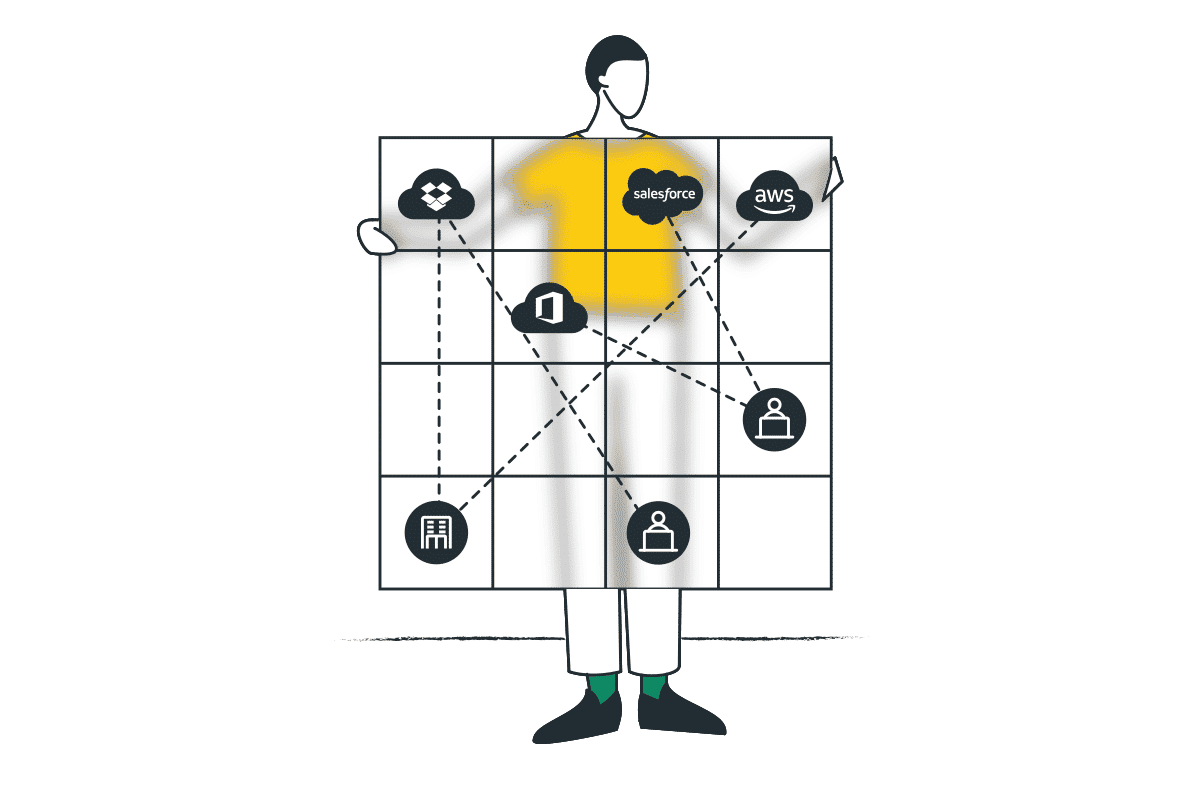|
Listen to post:
Getting your Trinity Audio player ready...
|
Firewalls – the foundation of an organization’s network security strategy – filters network traffic and can enforce an organization’s security rules. By limiting the traffic that enters and leaves or enters an organization’s network, a firewall can dramatically reduce its vulnerability to data breaches and other cyberattacks.
However, a firewall is only effective if it can accurately identify network traffic and apply the appropriate security policies and filtering rules. As application traffic is increasingly carried over HTTP(S), traditional, port-based methods of identifying application traffic are not always effective. Application awareness identifies the intended destination of application traffic, providing the visibility that next-generation firewalls (NGFWs) require to apply granular security policies.
What is Application Awareness?
Different network protocols have different functions and present varying security risks. This is why firewalls and other network security solutions are commonly configured with rules that apply to specific ports and protocols, such as restricting external access to certain services or looking for protocol-specific threats.
However, the growth of Software as a Service (SaaS) solutions and other web-based solutions has caused the HTTP(S) protocol to support a wider range of services. As a result, filtering traffic and applying security rules based on port numbers is less effective than before.
Application-aware networking and security solutions can identify the application that is the intended destination of network traffic. Doing so without relying solely on common port numbers requires a deep understanding of the network protocol and commands used by the application. For example, web browsing data and webmail data carried over HTTPS may have similar network packet headers but contain very different types of data.
The ability to differentiate between types of application traffic can provide several benefits beyond security. For example, an organization may implement network routing and quality of service (QoS) rules for traffic based on the target application. Latency-sensitive videoconferencing traffic may be prioritized, while browsing traffic to social media and other non-business sites may have a lower priority if it is permitted at all.
The Future of Network Security: Do All Roads Lead to SASE? | WebinarHow Application Awareness Enhances Firewall Security
The Internet is increasingly dominated by HTTP(S) traffic as various applications move to web-based models with the growth of SaaS and other cloud-based services. The rise of DNS over HTTPS (DoH) and other protocols that attempt to leverage built-in TLS support within the HTTPS protocol accelerates this trend. However, these various types of traffic carried over the HTTP(S) protocol may present different levels of risk to the organization and be vulnerable to different types of attacks.
A one size fits all approach to securing these diverse applications can negatively impact application performance and security. An organization’s firewall rules may be configured based on the traffic associated with a particular protocol as a whole, so all web traffic may be permitted through, while other protocols may be blocked entirely. Additionally, security solutions may inspect traffic for malicious content that poses no risk to a particular application or overlook application-specific security risks.
Integrating application awareness into security solutions provides them with valuable context that can improve network security as well as network routing. For example, an understanding that a particular type of traffic is associated with Internet of Things (IoT) devices can enable next-generation firewalls (NGFWs) to search for threats common to those devices or block access to the devices from outside of the corporate WAN.
Granular network traffic inspection and security rules are essential to implementing an effective zero-trust security strategy. Application awareness is essential to achieving this granularity, especially as increasing volumes of application traffic are carried over the HTTP(S) protocol.
Taking Full Advantage of Application Awareness with SASE
Application awareness can provide benefits for numerous network tools, including those with both network performance and security functions. For example, on the networking side, application awareness is valuable to software-defined WAN (SD-WAN) solutions because it informs the routing of various traffic types over the corporate WAN and can help determine the priority of different types of traffic. On the security side, firewalls and other security solutions can use application awareness to tune security rules to an application’s unique needs and risk profile.
While application awareness can be implemented in each solution that uses it, this is an inefficient approach. SD-WANs, NGFWs, and other solutions that use application awareness all need to know the intended destination of a particular type of traffic. If each solution independently maintains a library of traffic signatures and applies them to each traffic flow, the result is a highly-redundant system that may negatively impact network latency and performance.
Secure Access Service Edge (SASE) solutions eliminate this redundancy and these performance impacts by converging many of the functions that require application awareness into a single solution. Under this design, SD-WANs, NGFWs, and other solutions that need insight into the destination of application traffic can access this information without computing it independently.
Cato provides the world’s most robust single-vendor SASE platform, converging Cato SD-WAN and a cloud-native security service edge, Cato SSE 360, including ZTNA, SWG, CASB/DLP, and FWaaS into a global cloud service. With over 75 PoPs worldwide, Cato optimizes and secures application access for all users and locations and is easily managed from a single pane of glass. Learn more about Cato SASE Cloud’s targeted application security capabilities by signing up for a free demo today.










